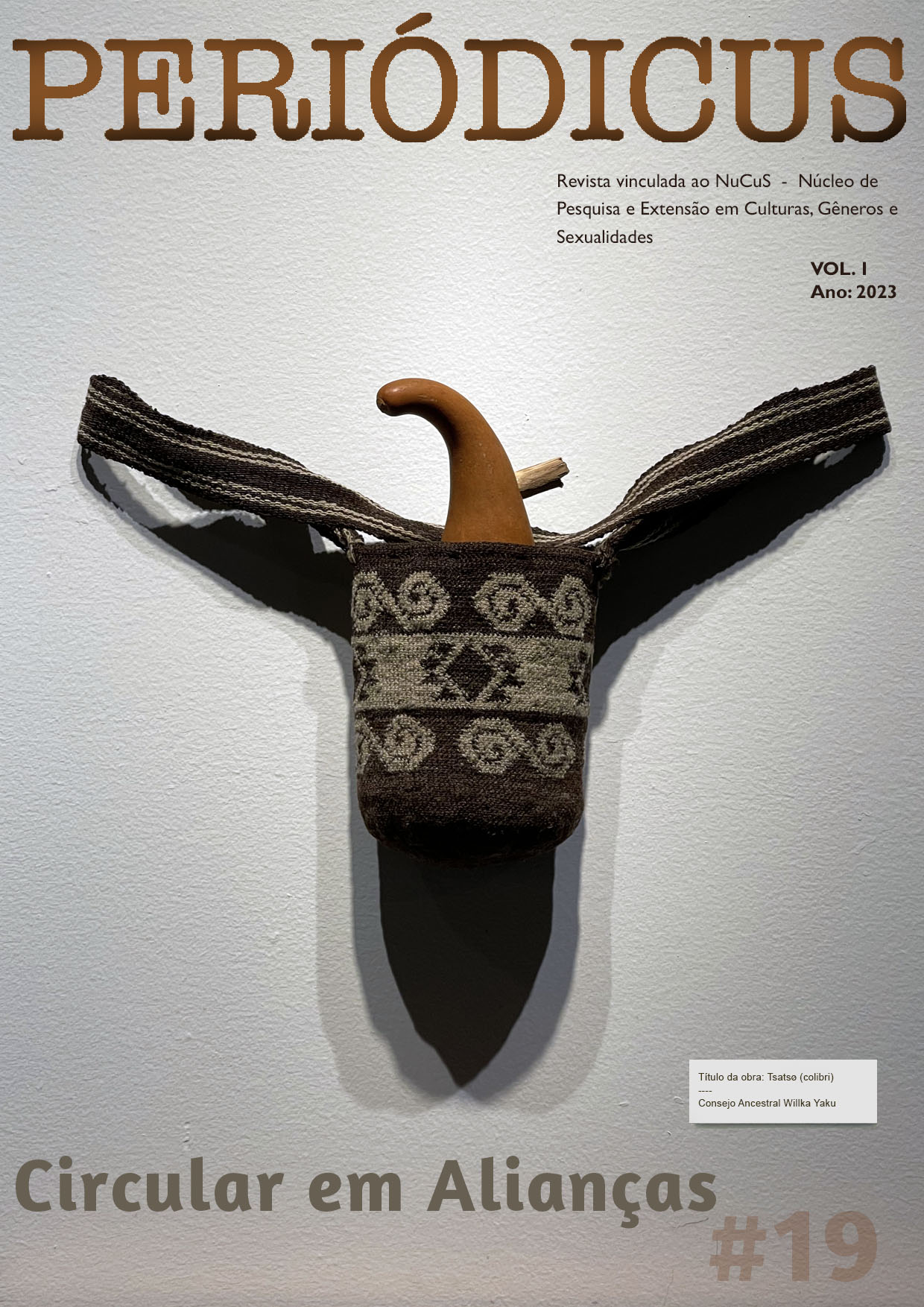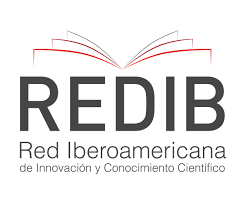A look at the Embroidery Hoops
Rosana Paulino’s art as a counter-colonial pedagogical inspiration
DOI:
https://doi.org/10.9771/peri.v1i19.52837Abstract
Smaller objects, perceived as feminine. Woman-crafted ones. Seams of forgotten memories. This writing tries to baste ideas and reflections from the Embroidery Hoops of the Global South. It is an invitation for us to walk the corridors of the exposition The Sewing of Memory by the visual artist Rosana Paulino and, when facing her works, to let us get affected, trans(broider)bordered. My place of reflection is the education field. My interlocutors are authoresses/authors who, from the questioning of hegemonic truths, venture to suggest other routes, other ways of seeing/reading/feeling the world. At/From the social borders, we sight those people formerly relegated to the backstage of the world. From those same borders, we see possibilities of powerful encounters rise. It is from those fissures that we see anticolonial practices rise up. Rosana Paulino’s art mobilizes us to rehearse movements of unlearning and inspires us to trace paths for a counter-colonial pedagogic experience.
Downloads
Downloads
Published
How to Cite
Issue
Section
License
Copyright (c) 2023 Késia dos Anjos Rocha

This work is licensed under a Creative Commons Attribution-NonCommercial 4.0 International License.
Authors who publish in this journal agree to the following terms:
Authors retain copyright and grant the journal the right of first publication, with the work simultaneously licensed under a Creative Commons Attribution Noncommercial License that allows the work to be shared with acknowledgment of authorship and initial publication in this journal, but prohibits commercial use.
Authors are authorized to enter into separate additional contracts for non-exclusive distribution of the version of the work published in this journal (e.g., publishing in an institutional repository or as a book chapter), with acknowledgment of authorship and initial publication in this journal.
Authors are permitted and encouraged to publish and distribute their work online (e.g., in institutional repositories or on their personal website) at any point before or during the editorial process, as this can generate productive changes and increase the impact and citation of the published work (see The Effect of Open Access).








